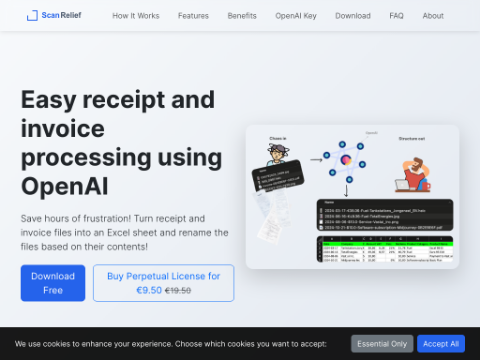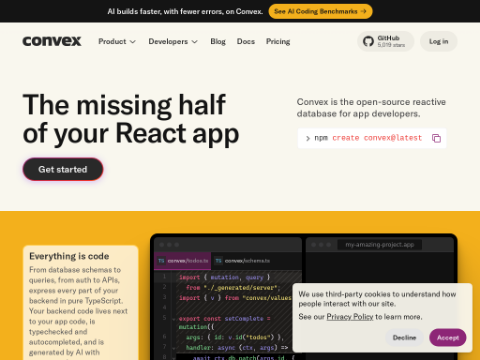According to Meta, PARTNR is designed to redefine the relationship between humans and robots. These robots are no longer cold mechanical assistants but are crafted to be intuitive, adaptable, and collaborative, capable of assisting with everyday tasks like cooking, cleaning, and organizing. Whether fetching items when you're busy or tidying up after a long day, these robots are being trained to predict and respond to human needs in real-world scenarios. Most importantly, this isn't just a distant dream—Meta's innovative approach is paving the way for these robots to become part of our lives sooner than expected.
PARTNR: Human-Robot Collaboration
Key Highlights:
- The PARTNR project by Meta aims to transform human-robot interaction through simulation-based training, enabling smooth integration into real-world settings.
- This initiative emphasizes teamwork, with robots dynamically adapting to human actions and preferences while performing tasks such as cleaning, cooking, and organizing.
- The Habitat 3.0 simulation platform equips robots with complex environmental skills, reducing costs and preparation time.
- Efficient Large Language Models (LLMs) enhance task processing and adaptability, improving training speed and user interaction.
- As an open-source project, PARTNR invites global collaboration, accelerating innovation and making robotics technology more accessible and affordable.
Simulation-Based Training: Building Skills Virtually
At the heart of PARTNR's vision is the concept of robots as collaborative partners rather than mere tools or autonomous machines. Designed to assist humans with daily tasks, including cleaning, cooking, and organizing, these robots can dynamically adapt to human movements and preferences in real-time. For instance, they might fetch items from another room while you prepare dinner or help tidy up shared workspaces. This collaborative method highlights teamwork, boosting efficiency and usability. By fostering trust and intuitive interactions, PARTNR aims to redefine the human-robot relationship, making robots indispensable companions in everyday life.
To prepare robots for the complexities of real-world environments, Meta employs its advanced Habitat 3.0 platform for simulation-based training. This virtual environment includes over 200 simulated homes, 18,000 objects, and diverse human avatars, creating a comprehensive training ground. In these virtual settings, robots practice social navigation, object rearrangement, and collaborative problem-solving. This approach significantly reduces the time and cost associated with physical testing while ensuring that robots acquire the necessary skills to operate effectively in human-centered environments. Through exposure to varied scenarios, robots learn to adapt to various challenges, making them more reliable and versatile in practical applications.
The Role of Large Language Models (LLMs)
A key innovation in PARTNR is the integration of smaller, more efficient Large Language Models (LLMs). These models enable robots to process tasks at remarkable speeds, increasing training efficiency by 8.6 times without compromising accuracy. For example, an LLM-equipped robot can understand a command like "tidy the living room" and break it down into executable steps, such as arranging furniture or picking up scattered items. This capability not only enhances the robot's functionality but also makes interactions more intuitive and user-friendly. By combining advanced AI with practical applications, PARTNR ensures that robots seamlessly integrate into daily life, providing tangible benefits to users.
Open-Source Robotics: Driving Collaboration and Innovation
Meta's decision to launch PARTNR as an open-source initiative represents a critical step toward democratizing robotic innovation. By sharing datasets, benchmarks, and tools on platforms like GitHub, Meta invites global developers and researchers to contribute to and expand the project. This collaborative approach fosters global knowledge exchange, accelerating advancements in robotics technology and making it more accessible and affordable. Open-source robotics also opens doors to new applications, ranging from home assistance to industrial automation. By prioritizing transparency and inclusivity, PARTNR aims to lower barriers to entry in the robotics field, encouraging widespread adoption and innovation.
Real-World Applications
POTENTIAL applications of PARTNR-developed robots are extensive and varied. Equipped with dynamic planning capabilities, these robots can adapt to evolving human behaviors and environments. Tasks such as fetching items, organizing spaces, and collaborating on object rearrangement are just the beginning. Imagine a robot








